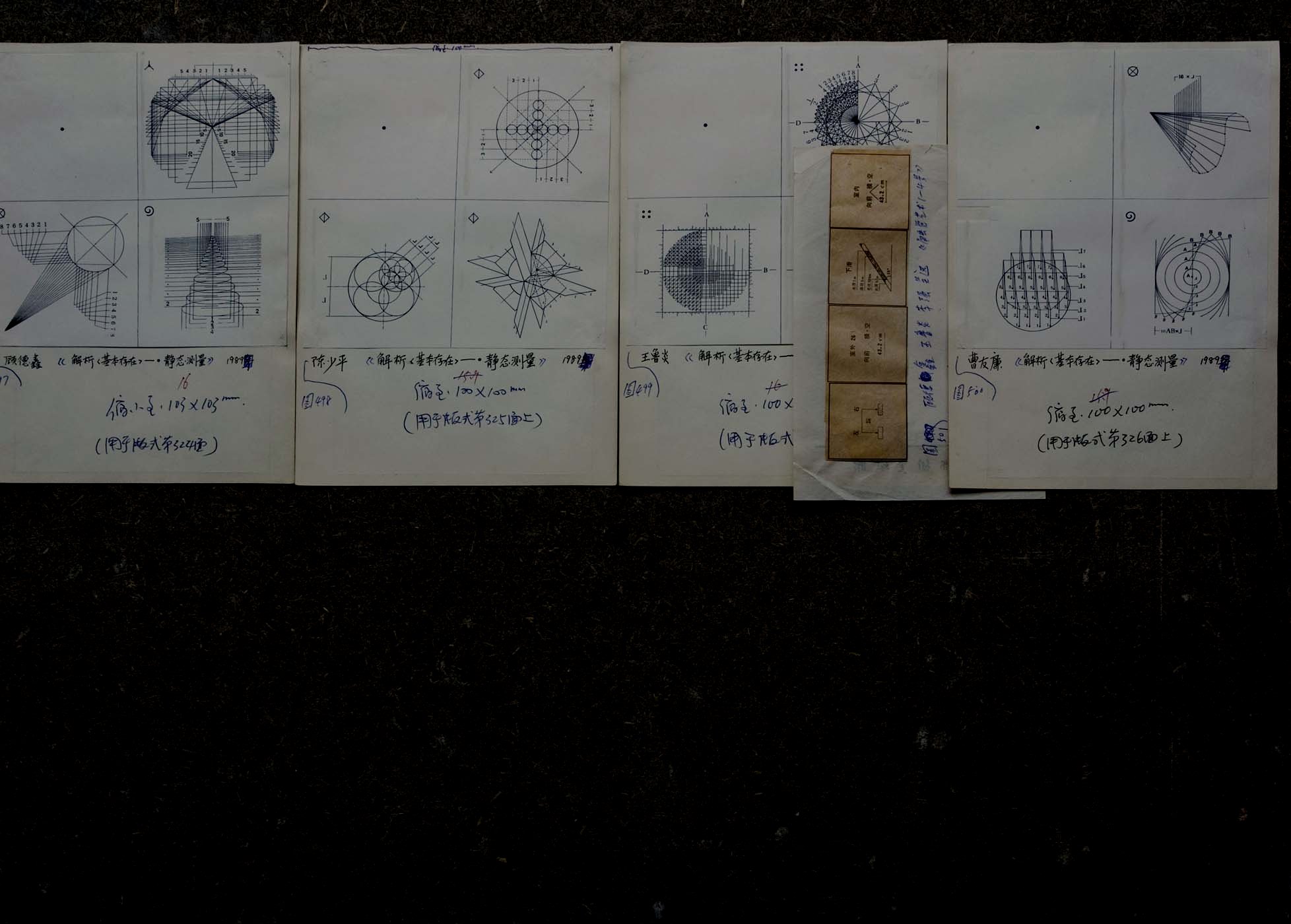Gao Minglu 2009-03-17
Gao Minglu's Studio,
Beijing

Biography:
Gao Minglu (b. 1949, Tianjin) is a scholar in contemporary Chinese art. Currently, he is a Research Professor in the Department of Art History and Architecture at the University of Pittsburgh, and is a Professor and Head of the Fine Arts Department at the Sichuan Fine Arts Institute.
Gao was ‘re-educated’ in Inner Mongolia for five years during the Cultural Revolution. In 1978, he was admitted to the Tianjin Academy of Fine Arts, and received his master’s degree from the Chinese National Academy of Arts. Gao received a postdoctoral fellowship from the Committee on Scholarly Communication with China through the American Academy of Arts and Sciences in 1991. He then studied Art History at Ohio State University and received his Ph.D. from Harvard University.
From 1984 to 1989, Gao served as editor of Art (Meishu) magazine and assisted in the editorial work of Fine Arts in China (Zhongguo meishubao). During this period, he engaged in a wide range of writing and curatorial projects relating to the development of experimental art in China, and especially, to promoting the ’85 New Wave Art movement. Among these events were the seminal ‘Large-Scale Slide Exhibition of New Wave Art’ at the Zhuhai Conference (Zhuhai, 1986) and the ‘China/Avant-Garde Exhibition’ (Beijing, 1989). Other significant exhibitions organized by Gao include ‘Fragmented Memory: The Chinese Avant-Garde in Exile’ (Ohio, 1993), ‘Inside Out: New Chinese Art’ (1998), ‘Chinese Maximalism’ (2003), ‘The Wall: Reshaping Contemporary Chinese Art’ (2005), ‘A Retrospective Exhibition of the No Name Group’ (2006–2007) and ‘Yi School: Thirty Years of Chinese Abstraction’ (2009), among others.
Gao has written extensively on the history of the avant-garde and contemporary Chinese art, including publications such as China/Avant-Garde (1989), A History of Contemporary Art in China, 1985–1986 (1991) and Chinese Maximalism (2003). His English publications include Inside Out: New Chinese Art (1998) and The Wall: Reshaping Contemporary Chinese Art (2005), to name a few.

















